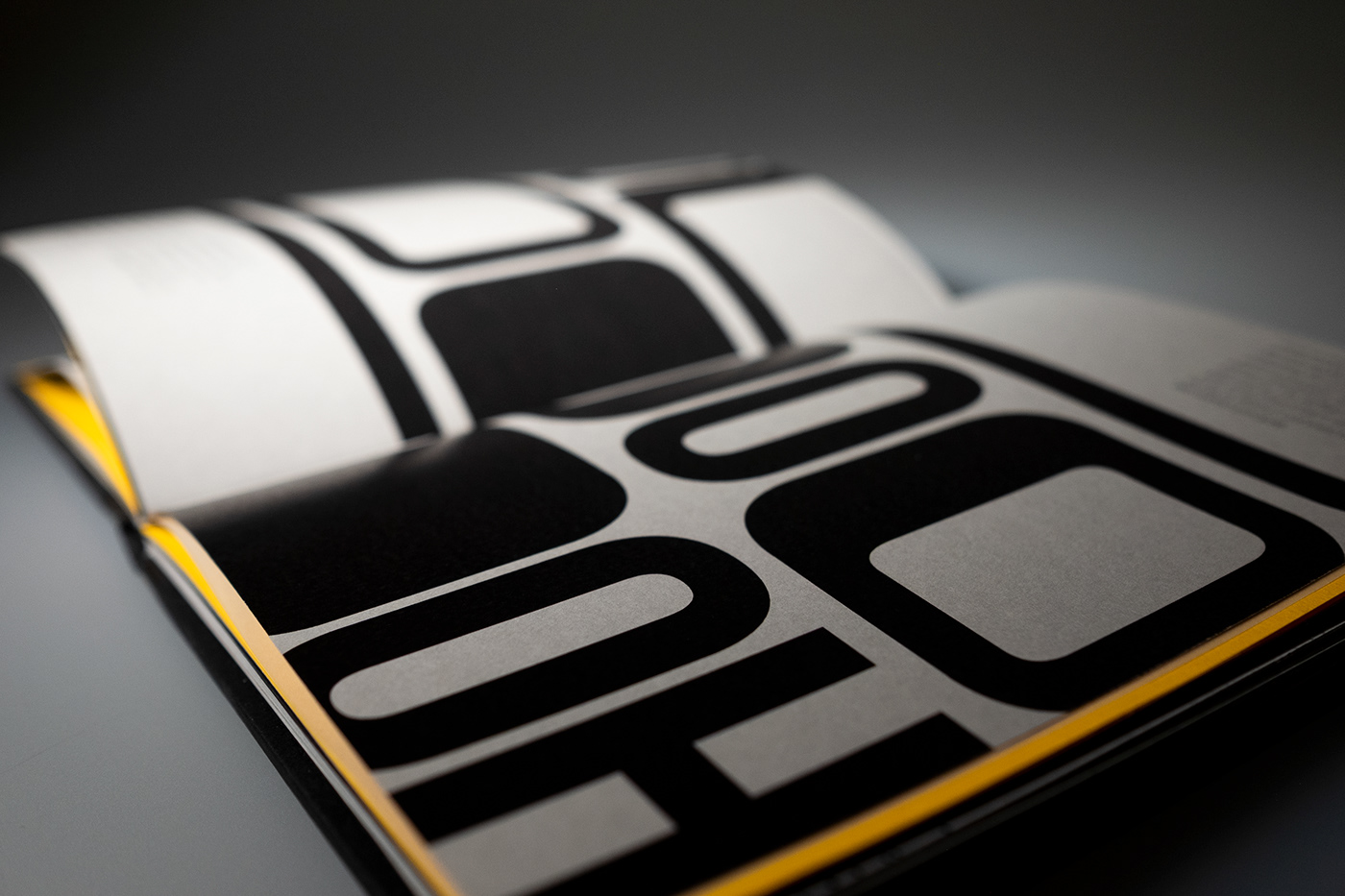This work is a personal experiment done as my Honours project. It explores how design can facilitate intentional interaction with a piece of music, rather than merely passive engagement, and subsequently craft intimate moments within contemporary listening. I created this project in response to the song 'Am I The Only One Who's Walking' by Arjuna Oakes.
Music is inexplicably powerful. It is intimately tied to our personal and cultural identities and experiences, and holds incredible power to connect us to each other and inform our perspectives and perception of our place and purpose in this universe. In ancient Greece, music was considered a quantitative science rather than an art – a mathematical and philosophical description of how the universe was constructed. Music’s power to affect people’s behaviour was also recognised, and Plato believed that being taught how to interpret and enjoy music was integral to the ‘cultivation of the soul’, and children’s maturing into moral and ethical citizens (Stamou 5). The Bible is filled with songs of joy and lamentation, and music has been integral to the practices and rituals of almost every religion. Our propensity for music manifests itself from the time we are infants, is at the core of every culture, and can likely be traced back to the very beginning of our species’ existence on this planet.
The way that we consume music is changing rapidly now more than ever, with both positive and negative repercussions – one of the negative being that we consume music almost always as a secondary activity alongside something else. The flexibility of how we are able to consume music today means that we can listen to music almost anywhere and at any time, which has many benefits but also means that there is no longer a need to choose exactly what we want to listen to, and relish every second as a novelty. There is no longer ownership of music as there was when it was carefully chosen and purchased, and the attachment between music and listener is much weaker than it once was.
What does it mean to listen? When we truly listen, we are intentionally attentive to, and engaged in what we hear, thinking carefully about what we encounter in order to deduce its significance and its meaning.









The book is split into sections, each exploring the potential of using a different medium or technique to visualise the music; painting, typography, iconography, photography, and a graphic score.

















For presentation in an exhibition space, I animated some sections of the graphic score to draw themselves as the music played.















